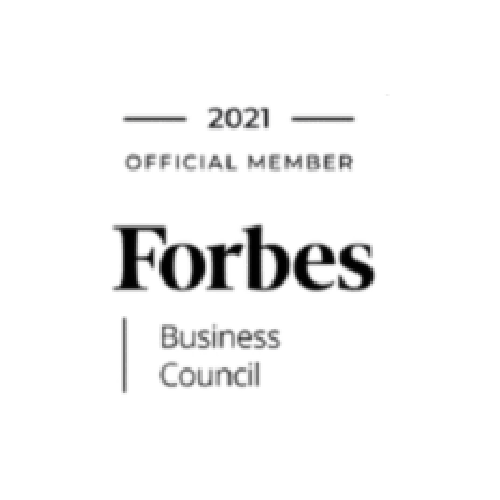A real estate syndication is a is a powerful investment strategy that allows individuals to passively invest in commercial properties without the burden of direct ownership or management. One of the most popular types of syndication is the value-add multifamily syndication, where investors pool their capital to acquire, improve, and eventually sell an apartment complex for a profit. Here’s a breakdown of the five key phases of a value-add multifamily syndication, from acquisition to sale.
Phase 1 – Acquire
The acquisition phase is where the foundation of the entire investment is laid. This involves identifying a property with untapped potential – typically a multifamily asset that is underperforming or outdated but located in a growth market with strong fundamentals. A successful acquisition hinges on thorough market research, careful underwriting, and deep industry insight. The sponsor team evaluates hundreds of potential deals before selecting one that aligns with the business strategy and risk tolerance of investors.
Once a promising asset is identified, the sponsor negotiates the purchase terms, secures financing, and puts the property under contract. Due diligence is then conducted to verify the condition of the asset and validate the financial projections. Investors are presented with a detailed investment summary and business plan, and once enough capital is raised, the deal moves to closing. This is the moment the asset officially becomes part of the syndication portfolio.
Phase 2 – Add Value
The “value-add” phase is where the transformation happens. Once the property is acquired, the sponsor and property management team initiate a renovation and repositioning strategy designed to elevate the asset’s appeal and increase its income potential. This may include upgrading interior units with new appliances, flooring, lighting, countertops, and fixtures, as well as improving common areas, adding amenities, and enhancing curb appeal. The goal is to create a better living experience for residents—which in turn supports higher rents and increased retention.
This phase is hands-on and can span 12 to 24 months depending on tenant turnover, the scope of renovations, and contractor timelines. The sponsor may also improve operational efficiency during this time, such as replacing outdated management systems or reducing unnecessary expenses. These improvements help drive net operating income—a critical factor in how commercial real estate is valued. The more income the property generates, the more it’s worth, and that directly benefits investors when it’s time to refinance or sell.
Phase 3 – Refinance
After renovations are complete and higher rents are being collected, the property is typically worth significantly more than it was at acquisition. At this stage, the sponsor may pursue a refinance or supplemental loan to capitalize on the new equity. This process often allows investors to receive a portion of their initial investment back—sometimes 30% to 60%—while still maintaining ownership and ongoing cash flow from the asset.
This phase is a powerful wealth-building tool. By returning capital to investors earlier in the lifecycle of the deal, they can choose to reinvest those funds into additional opportunities without waiting for the final sale. The property also benefits from improved loan terms post-refinance, often with better interest rates or longer amortization periods, which further enhances cash flow.
Phase 4 – Hold
With the property now stabilized and generating strong income, the hold phase begins. This is typically the longest period in the syndication lifecycle, lasting anywhere from three to five years, and sometimes longer depending on market conditions and the original business plan. During this time, investors receive consistent cash-on-cash returns (cash flow), usually distributed quarterly or monthly, while the sponsor continues to manage the asset with a focus on long-term growth.
Strategic lease renewals, steady rent increases, and tenant satisfaction become the top priorities. Additionally, sponsors may monitor market conditions to determine the optimal timing for a sale. Because the asset is no longer undergoing major renovations, this phase tends to involve lower risk and more predictable income, making it particularly appealing for passive investors seeking steady, tax-advantaged returns.
Phase 5 – Sell
At this point, the property exhibits completed updates, increased revenues, and appreciation. The best use of investor capital is often to sell the property so that to seek a new investment project. During the disposition phase, sponsors prepare the asset for sale. At times, the asset can be sold off-market, creating minimal disruption for tenants. Otherwise, sponsors go along through the listing and sale process. Occasionally, if investors agree, a 1031 exchange may be initiated. This allows investors to roll their capital and proceeds into another deal with the same sponsor. Once the sale is complete, investors get their original capital back plus a percentage of the profits!
Not every real estate syndication will follow these exact five phases, but understanding this typical structure helps investors make informed decisions. If you’re looking to build passive income and diversify your portfolio through value-add multifamily syndications, working with an experienced sponsor is key.
*This article was updated with new content 4/19/2025.



















